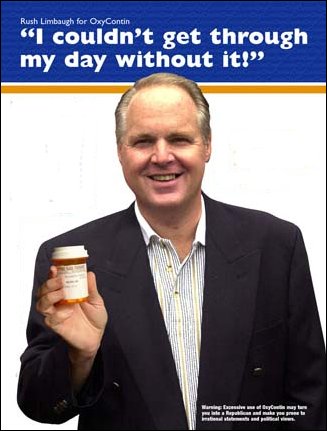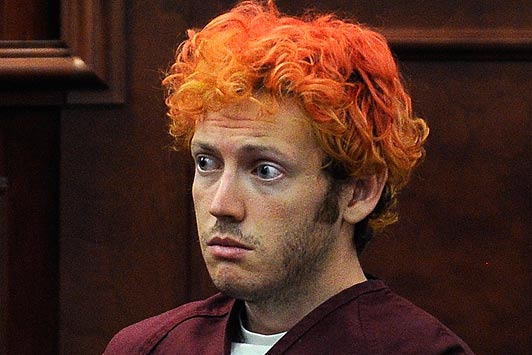
“Insane” has a clear meaning when we can look at it next to “sane” in the real world. Unfortunately, that has become more and more difficult to do, says Mike Bartos, former chief of staff at an American state psychiatric hospital for the criminally insane.
“It’s not just because the media rely so much now on bizarre behavior to entertain their audiences,” says Bartos, author of “BASH” – Bay Area State Hospital – (www.mikebartos.com), a fast-paced tongue-in-cheek novel that stems from his decades of experience as a mentalhealth-care professional.
“Take a look at what have become the ‘normal’ problems in modern America – some of them could be textbook examples of psychological dysfunction.”
Case – or rather, cases – in point:
• Obesity epidemic: Denial, compulsion, addiction and sublimation are just a few mechanisms at work in the psychology of a largely obese population. Sublimation is the mature defense activity perpetrated when socially unacceptable impulses, such as sexuality, are redirected, in this case to the consumption of salty, fatty and sugary food. With more than two thirds of the U.S. population and almost two thirds of the Canadian population [http://tinyurl.com/78o9z66 CP] either overweight or obese, there is nothing sane about this health crisis.
• Banking: The financial crisis that changed the world in 2008 can be largely owed to a cluster of “too big to fail” U.S. banks and their employees who thought they could continuously repackage terrible debt loans. Meanwhile, unqualified customers snatched up properties they couldn’t afford. This was an undiagnosed mega-scale gambling addiction. Many in the financial world knew it simply could not be sustained but the players continued to ante up.
• Climate change: Denial, denial, denial. The raw data from objective scientists overwhelmingly tells us man is largely responsible for warming global temperatures, yet we continue to use fossil fuels and to fill landfills with methane-producing waste. It’s a classic case; we completely ignore symptoms and evidence to maintain the status quo.

• A drugged nation: Marijuana, a natural relaxant, is outlawed in most states while tobacco and alcohol – responsible for incalculable violence and sickness, as well as tens of thousands of accidents and deaths each year – are lucrative and legal vice industries. Meanwhile, some pharmaceutical companies and physicians encourage substance abuse and chemical dependency by promoting pills to ease the inevitable emotional and physical pains that come with life.
“Many of my psychiatric patients suffered from addiction to both legal and illegal drugs. Sometimes it was hard to tell which came first, the addiction or the other mental health issues,” Bartos says.
“The legal or illegal status of certain drugs seems to be completely arbitrary — much like the behavior of a patient suffering psychosis,” he says.

• Spoiled-brat adults: Narcissistic Personality Disorder isn’t only now accepted in society, it’s widely encouraged and celebrated, Bartos says. Reckless driving and road-rage are just two examples in which individuals are so self-absorbed, they believe their time and sense of entitlement are more important than the lives and safety of others. Throw on top of that our obsession with plastic surgery, need for constant attention on social media, and pre-occupation with consumer brands and we have pandemic megalomania.
• War: America [with on again -off again support from allies such as Canada,England and NATO allies CP] has been at war for 10 years now, and leaders cannot say with any precision what the US is doing with its current campaign in Afghanistan, nor what was accomplished with the last one in Iraq. It’s as if government leaders have a masochistic, sociopathic relationship with one percent of the U.S. population – the military, and their families. Young men are shipped off in the prime of their health, and often return physically or mentally damaged, if they come back at all.
“Is this sane?” Bartos asks.
Mike Bartos is currently in private psychiatric practice in the San Francisco Bay Area where he lives with his wife Jody. He has several decades of experience in the mental health field, including serving as chief of staff at a state hospital for mentally ill patients convicted of violent crimes, where he focused on forensic psychiatry. Bartos is a former radio show host and newspaper columnist. For the Silo, Ginny Grimsley.
Supplemental- Oxycontin and the opium epidemic of the 21st century


Leave a Reply
You must be logged in to post a comment.